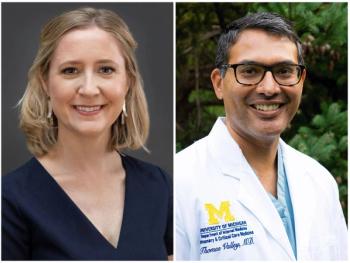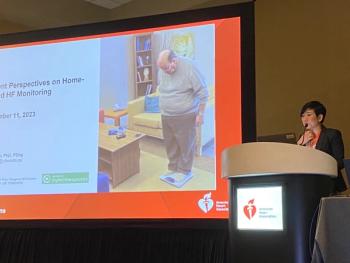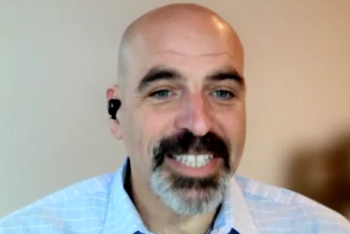
Community Care
If you help patients and members address challenges in their basic life needs, they will better attend to their healthcare and avoid costly events
These hospitals and health plans are influenced by a shifting combination of circumstances. For many, historic traditions of community service are a strong motivator. Others are responding in part to Congressional calls for increased community benefit activities. Some healthcare systems report that an investment in these community services can lead to lower costs for expensive functions, such as emergency room services.
Sutter Medical Center in Sacramento is one example. It is based just a mile from the state capitol building in a low-income neighborhood. A few years ago, the hospital staff observed that when homeless patients were released, they often went right back to the streets, followed by needless complications and readmissions. Together with other hospitals, Sutter formed a partnership with the Salvation Army called the Interim Care Program, which sets aside beds at the Salvation Army shelter so discharged patients can receive follow-up healthcare services after an acute care episode.
"One of the best aspects of this program is while they are there, they also have access to other services," says Thomas C. Gagen, Sutter's CEO. "They receive assistance in applying for health coverage and housing. If someone is a substance abuser, they have access to those services as well."
About 40% of the population entering the program is uninsured, but 100% have healthcare coverage when they leave. About 77% move into some form of housing upon discharge.
CARE TO A 'T'
Sutter Medical Center also noticed that some patients were using the emergency room frequently-as often as 40 visits in a single year-and a substantial proportion of those high users were homeless. To address the frequent use of costly emergency room services, Sutter partnered with a community clinic called The Effort, which offers primary care to people in downtown and midtown Sacramento. The program is called T3, which stands for "Triage, Transport and Treat."
When someone arrives at the emergency room, there is a triage process. If they need acute care they are admitted to the hospital. However, if they actually need primary care, a case manager from The Effort comes to the emergency department immediately to start care for a longer-term basis.
"This is a vital aspect of the program," says Gagen. "We don't ask them to make an appointment the next day because in general this population probably wouldn't keep the appointment."
The Effort deals with primary care medical needs and helps the patient achieve a more stable life situation. Gagen recalls one case in particular, where a mentally unstable person could not pay his outstanding traffic tickets. There were seven warrants out for his arrest, and he ended up living on the street.
"When we found out that the precipitating factor was so minor, we were able to find a way to pay off those tickets and get him stabilized," Gagen says. "We were able to get him into housing, and now he's a member of society again."
T3 has been in existence for about two years and has served 85 people. Recently, the city and county opened up small apartments to house formerly homeless people; now 49 of those people have been placed in housing.
"They pay rent based on their ability to pay," he says. "There are continuing case management services at the complex, and we expect most of them will find work in the community."
Sutter Medical Center has invested almost a half million dollars in getting T3 up and running, and that investment has yielded significant results. For example, there's been a 54% reduction in emergency department usage. For clients who've been involved in the program for more than six months, emergency room use has dropped by 65%.
"We've also seen a reduction in hospital bed days for this population by about 35%. About 80% of these clients have reduced their substance abuse significantly." Gagen says. "These efforts do benefit the hospital economically, and we also look on these services as part of our commitment to serve the community."
Newsletter
Get the latest industry news, event updates, and more from Managed healthcare Executive.






















































